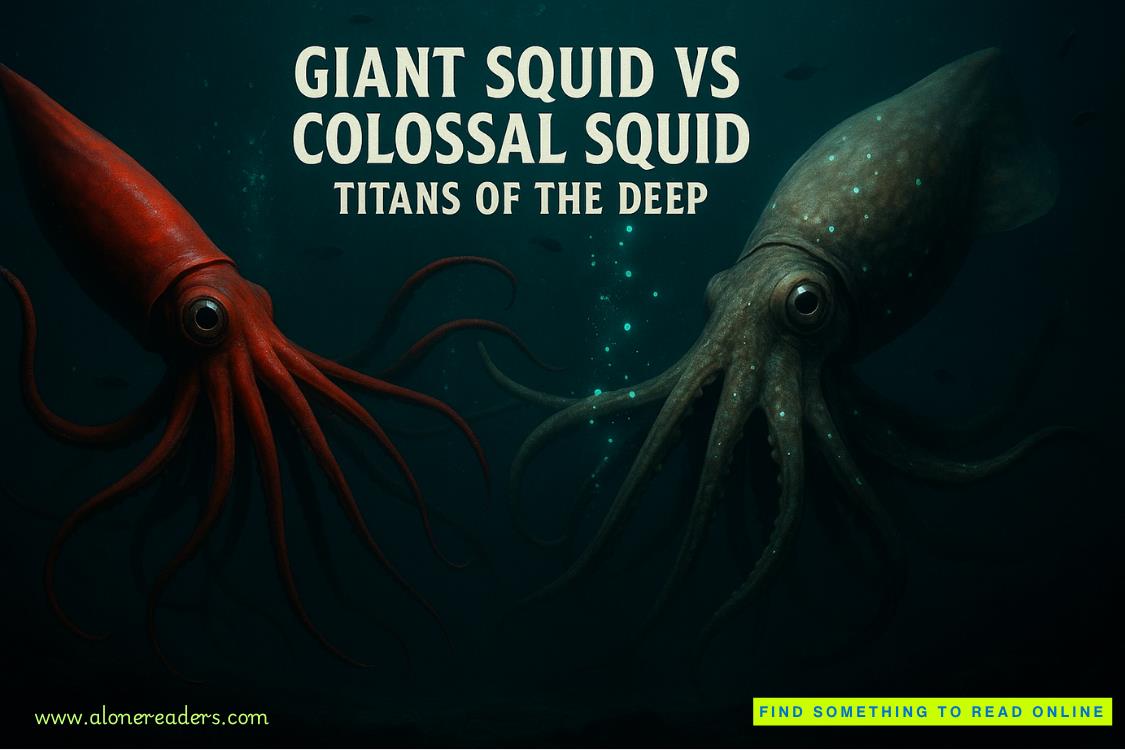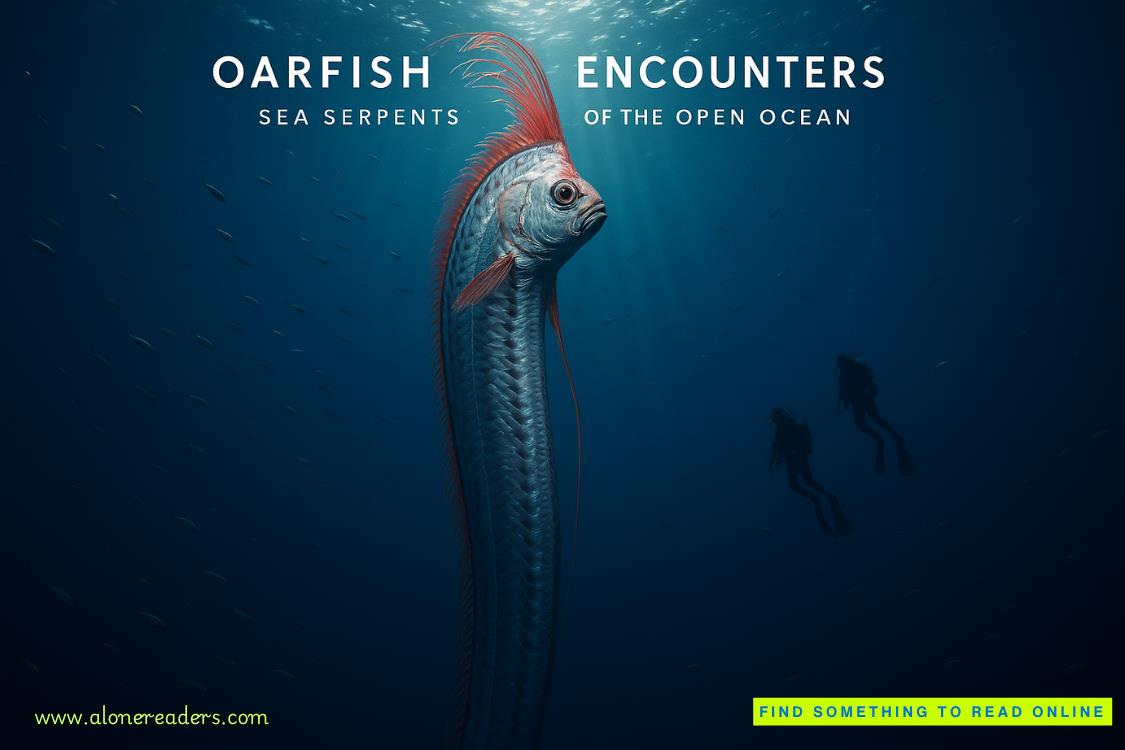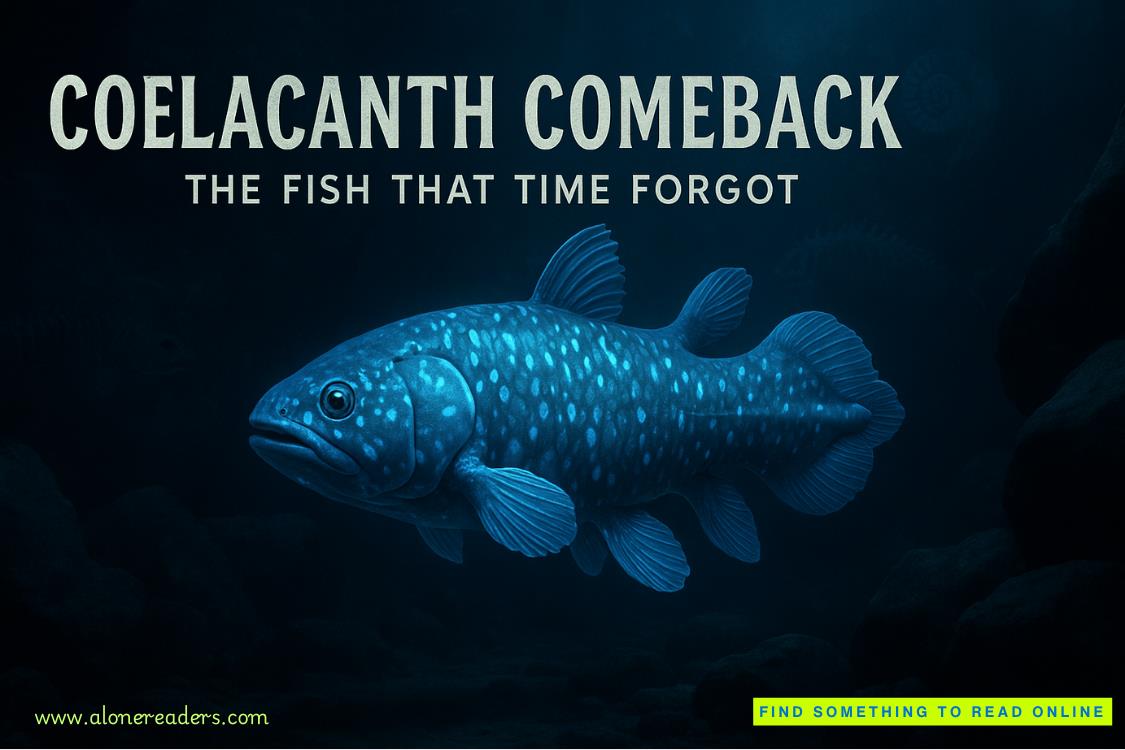Page 12 of When 're Silent
“Excellent,” Finn said. “Then, Ineed to eat.”
“You can think with your stomach ata time like this?” Amelia asked.
“What can I say,” he said. “I stillhave to feed.”
“You sound like a cow,” Amelialaughed.
One of the nearby officers smirkedand then looked at the ground.
“You want me to starve,” he said.“I know it.”
“Come on,” Amelia said, pointing tothe doorway. “We’ll grab something suitably American on the way.”
“You know how to make a guy feel athome, Winters.”
After walking through the hallwaysof Thornheart, they were soon back outside into the increasing cold of theJanuary day.
With a final glance at the manor,Finn turned on his heel, every step back towards the car propelled by the beatof necessity. Amelia fell into stride beside him, her gaze meeting his with ashared intensity. They needed to unravel the killer’s message, decode thesignificance of the unexpected particles, and predict where this morbidfascination with the past would lead next.
Their breaths misted in the air,visible evidence of life in a place touched by death.
CHAPTER SIX
The chill of early morning had notyet lifted when Finn and Amelia arrived in Hangton, a quaint town that seemedto have been plucked from an earlier era and dropped into the modern world. Thestone buildings stood resilient against time, their weathered surfaces speakingof centuries past. Finn’s piercing gaze swept over the small police buildingthey approached, its facade a testament to bygone craftsmanship.
With the bagged evidence secureunder his arm, Finn led the way, Amelia close behind. The door creaked on itsancient hinges as they entered, the sound echoing through the empty hallway.Their footsteps resonated against the stone floor, a rhythmical clatter thatdisturbed the silence. Finn felt the weight of the evidence in his hands; itwas tangible proof, yet it whispered mysteries unsolved.
“That hot dog was not good,” Finnsaid. “It was decidedly un-American.”
“You know, Finn,” Amelia said witha playful glint in her eyes, “if this detective thing doesn’t work out for you,you could always pursue a career as a food critic.”
Finn chuckled, his footstepsechoing through the empty hallway. “Well, I do have an impeccable palate. MaybeI’ll start rating crime scenes based on their snack options.”
Amelia grinned. “I can see it now:‘Thornheart Manor gets three stars for its finger sandwiches and excellentchoice of murder weapons.’”
They traversed the corridor, theair growing dense with the mustiness of aged paper and furniture polish. Theforensics lab, tucked away at the end of the hallway, was a tiny room thatcould have been mistaken for a broom closet had it not been for the elaboratesetup within. Finn’s eyes skimmed over the neat arrangement of forensic toolsand chemicals that lined the shelves—order amidst chaos.
Dr. Carter was a man so engrossedin his work that their entrance barely registered. Bent over his microscope, hewas surrounded by slides and petri dishes, his concentration palpable. Theatmosphere was tense but thrumming with intellectual energy, a silent stormbrewing in the confines of the forensic battlefield.
“Dr. Carter,” Finn began, his voiceslicing through the stillness, “I’m Finn Wright, a consulting detective withthe Home Office, and this is Inspector Amelia Winters. We’re here regarding thePlantagenet case.”
The doctor straightened, pushinghis glasses up the bridge of his nose with a practiced motion. He turned toface them, his expression one of mild interest that failed to mask the keenedge of his intellect. The lines etched into his face hinted at a mind thatrarely rested, always in pursuit of truth hidden within microscopic worlds.
“What do you have for me?” he said,stretching out his hand.
Without a word, Finn handed overthe sealed evidence bags containing the old note and emblem, then another withthe fragments. They were relics from another time, out-of-place amid thehigh-tech instruments, yet Finn knew that they were keys to unlocking thepresent-day horror that had befallen Dominique Plantagenet.
“Found these at the crime scene,”Finn added, watching as Dr. Carter accepted the bags with a nod. His fingerswere precise and steady, betraying years of experience handling the delicateand the damning.
As the doctor prepared to examinethe artifacts under his microscope, Finn stepped back, giving him space whileremaining close enough to observe. The tension in the room shifted,anticipation hanging heavy in the air like a curtain of fog. He just hoped thatDr. Carter could find something useful for them.
“These fragments look interesting,”the doctor said.
Dr. Carter’s eyes never left theeyepiece of the microscope, his gaze as fixed and intense as a hawk preying onits quarry. Finn stood nearby, his own eyes riveted not on the evidence itself,but on the soft glow emanating from beneath the doctor’s lens, illuminatingcenturies-old secrets. He felt Amelia’s presence beside him, her quietanticipation a mirror to his own.
“Ah,” Dr. Carter muttered, almostto himself. He then scrutinized the note and the fragments once again beforestanding up and saying: “Iron gall ink. No doubt about it.”
Finn leaned in slightly, his focussharpening on the old note that lay beneath the scrutiny of Dr. Carter’smicroscope. Iron gall—an ancient formula whose resilience against time made itboth a historian’s boon and a forensic challenge.















